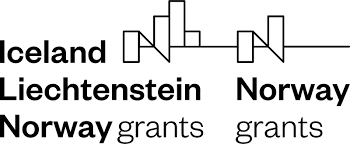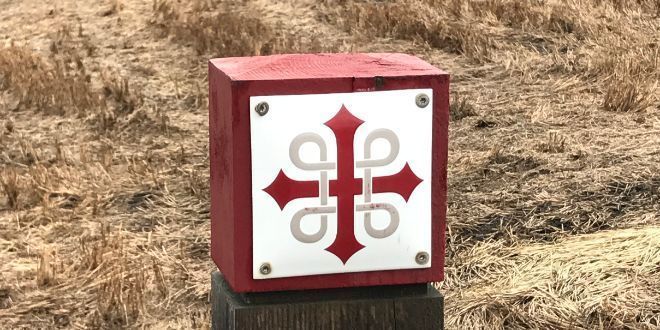Our project analyses the ways in which these stories allow people of diverse cultural backgrounds and religious affiliations to relate to rural landscapes, sites and regions and develop a sense of belonging.
About the project
Stories make sense, but they are never final. To better understand the cultural dynamics of small stories is of crucial importance in a time where the once dominating grand narratives fail to create an integrative community.
We study the multi-layered historical and contemporary storytelling practices on and around Norwegian pilgrim routes and sites of former religious importance or mythical significance. Many of the narratives linked to these places are now disconnected from their former religious context and are adapted to negotiate local, national and European identities, to address environmental challenges, or to develop the touristic appeal of remote regions. Drawing on folklore studies, cultural history, the study of religion and narratology, our aim is to uncover the ingredients of engaging narrative cultures.
We observe how people participate in casual storytelling situations, how they incorporate local or traditional narratives, and how they use them in religious and political discourse to translate the past into a heritage. We identify the features of culturally successful narratives, the clusters of motifs, and themes that allow people to relate and engage with traditions that are not necessarily their own. And we provide the cultural resources to re-story landscapes and make them a multi-layered and sustainable heritage for today's society.
Re-Storied Sites and Routes
The research conducted at the University of Oslo is connected to the international research project “Re-storied Sites and Routes as Inclusive Spaces and Places: Shared Imaginations and Multi-layered Heritage” (EMP340), funded by the EEA Financial Mechanism Baltic Research Program in Estonia (2020-2024). In collaboration with the University of Tartu, Estonia, the Institute of Literature, Folklore, and Art of the University of Latvia, and the Institute of Lithuanian Literature and Folklore, we study how rural places with a mythical past gain renewed significance through processes of heritagisation. The Norwegian work package assesses how vernacular storytelling translates history into the present and constitutes shared space. For details, please visit the Re-Storied Sites and Routes website.

